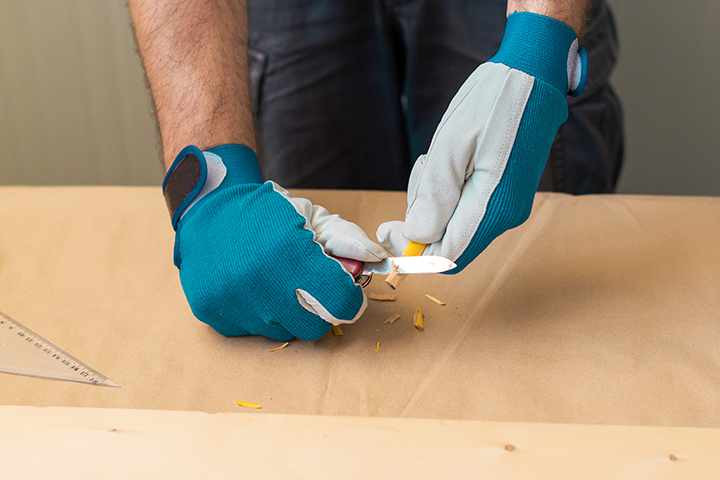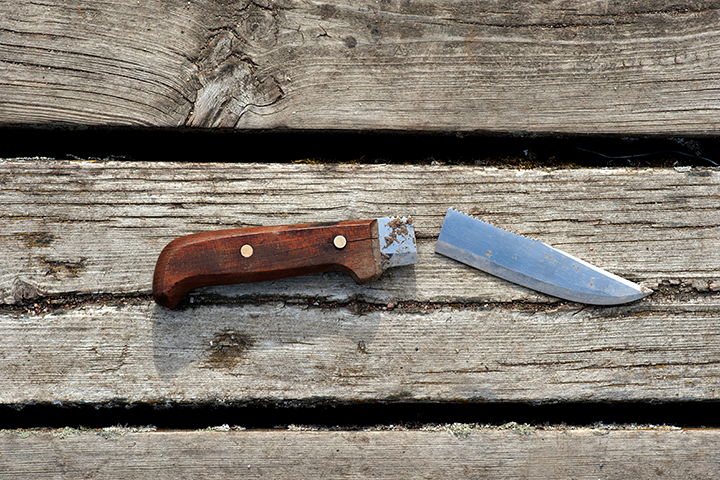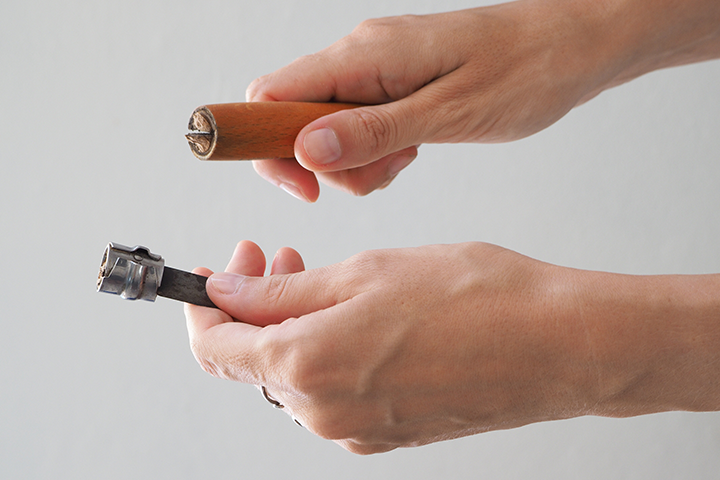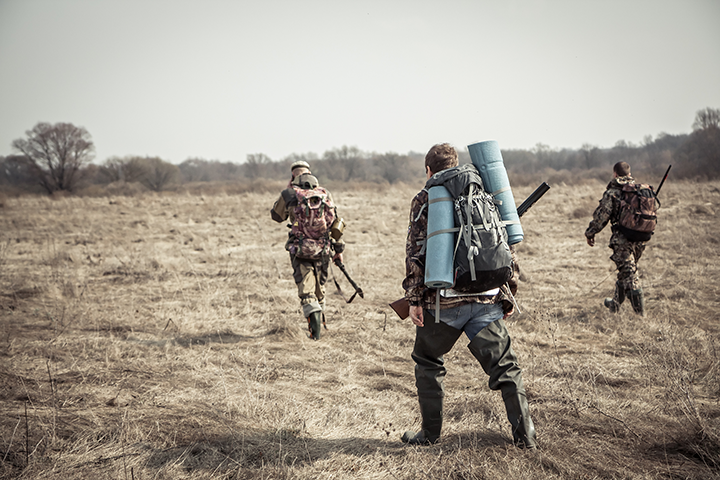Blog #7 - Comparing Folding Knives vs Fixed Blade Knives - Which is Right for You?
Author: Knife Supplies Australia Date Posted:23 May 2023
Design Specifics: Fixed vs. Folding
Design can significantly impact a knife's function, strength, and usability. Let’s dissect the distinct design characteristics of fixed and folding knives:
Fixed Blade Knives: Embodying simplicity, fixed blade knives are a single-piece tool where the blade and the handle form a continuous, unbroken structure. The most rugged and durable models boast a full tang design, meaning the blade metal extends the entire length of the knife, right through the handle. This offers enhanced strength, making them capable of withstanding intense use without breaking.
Folding Knives: With a blade that neatly folds into the handle, these knives introduce the convenience of compactness and safe transportation. While they may not match the sheer strength of fixed blades, they bring remarkable versatility and practicality, especially in everyday carry (EDC) or backpacking scenarios.
The Intricacies of Folding Knife Design
The folding mechanism of folding knives add complexity and a potential failure point, warranting a closer look:
The folding joint, where the blade and handle connect, is the pivot point of the knife. Given the stress it can endure during use, it's essential that this joint is robustly constructed using durable materials.
Even if a particular folding knife has a well-engineered and robust pivot point, it will still be unsuitable for heavy duty use commonly associated with tasks such as survival and bushcraft. Pushing a folding knife past its limit can result in irreparable damage and even create a safety risk if it breaks suddenly.
Locking mechanisms ensure the blade stays secure during use. Various types, such as liner locks, frame locks, back locks, and Axis locks, offer varying degrees of safety and ease of operation. Selecting the right lock can significantly enhance your knife-handling experience.
Please note that some folding knives do not feature a lock at all, with only spring pressure keeping the blade open. This is commonly called a Slipjoint and a common example is a Swiss Army knife. Knives without locks should only be used for light tasks as they are liable to close unexpectedly in some use cases, creating a safety risk.
Purpose and Practical Uses: Decoding Task-Specific Designs
The purpose and practical applications of your knife should align with its design features. Here, we'll delve into the specific tasks each knife type excels at.
Heavy-Duty Tasks with Fixed Blades: Fixed blade knives are the heavy lifters of the knife world. Their robust construction allows them to handle demanding tasks where substantial force is necessary. These tasks can include chopping wood, cutting through dense materials, and bushcraft or survival scenarios where durability and reliability are vital.
Lighter Tasks and Convenience with Folding Knives: Folding knives, while not designed for heavy-duty tasks, shine in their ability to handle every-day, lighter tasks with finesse. These can range from opening packages and cutting string to peeling fruit or whittling small pieces of wood. Their strength lies in their convenience, with a design that emphasises safe portability and easy access.
Deciphering Folding Knife Deployment Mechanisms
Folding knives incorporate different deployment mechanisms such as flippers, thumb studs, and bearings. These play a crucial role in the safe and quick engagement of the blade.
Flippers, protruding from the handle's rear, can be actuated with a finger, quickly and smoothly deploying the blade. Thumb studs, attached to the blade, work in a similar manner, allowing one-handed opening. Some folding knives use bearings to reduce friction and ensure fluid deployment.
There are many other folding deployment mechanisms that are prohibited imports here in Australia. We will not cover these in detail, but the most common ones are button-operated flick knives, spring-assisted knives, and butterfly/balisong knives.
Durability Insights: Contemplating Potential Failure Points
Durability is a critical factor in your knife choice, with both design and quality of materials influencing a knife's longevity.
Fixed Blade Durability: Fixed blade knives, with their solid one-piece construction, are typically extremely durable. The primary potential point of failure is the blade, which can be damaged due to misuse or if crafted from inferior materials. However, with proper care, sharpening, and maintenance, a high-quality fixed blade knife can serve you faithfully for years, if not a lifetime.
Please note that whilst fixed blade knives are often more durable, not all feature a full tang design with the blade steel extending right through the handle. We almost always recommend a full tang design when choosing a fixed blade knife as they can take significantly more abuse.
Folding Knife Durability: Folding knives, due to their more complex design, have multiple potential failure points, including the folding joint and the locking mechanism. These components may wear out over time, especially without regular maintenance. Nonetheless, a folding knife of good craftsmanship, coupled with proper care, can remain a reliable tool for an extended period.
Considering Other Factors: Size, Weight, and Legal Implications
Beyond design, use, and durability, other factors such as size, weight, and legal implications can play a crucial role in your choice between a fixed blade and a folding knife.
Size and Weight: Fixed blade knives, with their robust and substantial construction, are generally larger and heavier than their folding counterparts. This heft can translate into greater control and power during use, but it may also compromise portability and convenience. Folding knives, being more compact and lighter, can easily slip into a pocket or bag, making them an ideal companion for on-the-go situations.
Legal Considerations: Knife laws can vary by country, state, and even city, so it's essential to familiarise yourself with local regulations. Some regions may have restrictions on importing, owning, or carrying certain types of knives. When researching your local knife laws consider blade length, fixed or folding designs, folding/deployment mechanisms, blade shape, and the number of sharpened edges.
Concluding Thoughts
The choice between a folding knife and a fixed blade knife hinges on your personal needs, your planned applications, and a host of factors from design intricacies to legal considerations. If your pursuits involve heavy-duty tasks, and you're willing to compromise on portability for strength and durability, a fixed blade knife could be your perfect ally. Conversely, if your priority lies in convenience, portability, and the need for a tool to handle lighter everyday tasks, a folding knife would serve you best.
Remember, the quality of your knife is non-negotiable, regardless of the type you choose. Always seek out knives from respected manufacturers that utilise high-quality materials. You do not need to spend a fortune to get a reliable and safe knife!
By gaining a deeper understanding of the differences between fixed and folding knives, their design specifics, purposes, and potential durability concerns, you're now poised to make an informed decision in your search for the perfect knife. Best of luck on your knife selection journey!
If you have any questions or would like assistance in selecting a knife or knife sharpening equipment, please contact Knife Supplies Australia here:
Phone: +61 1300 792 340
Email: sales@knifesupplies.com.au


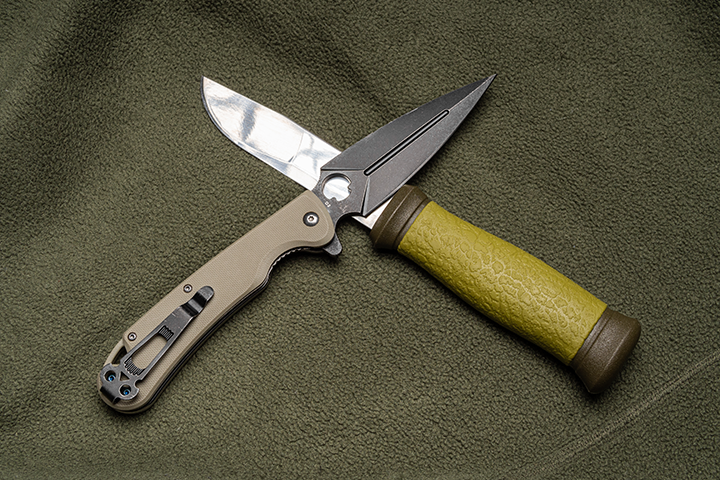
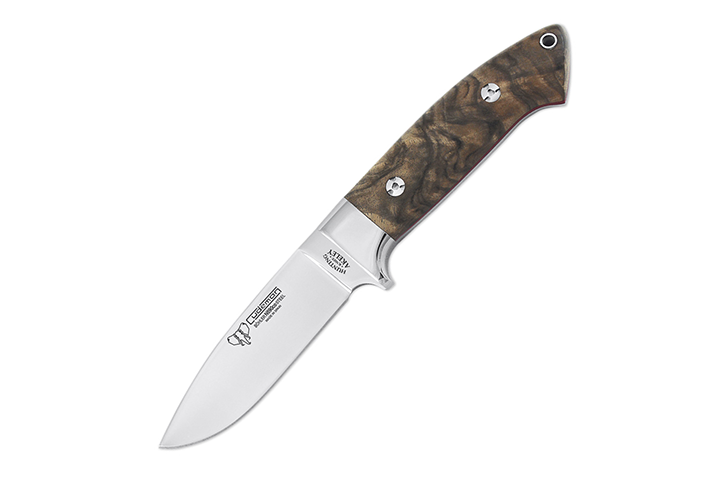
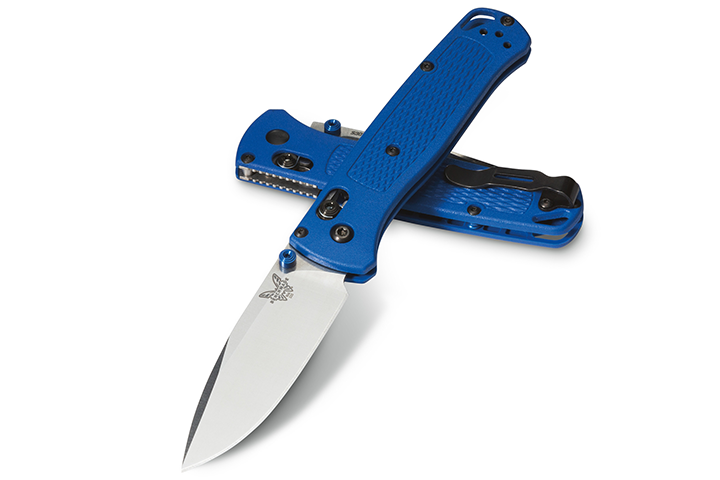
.png)
